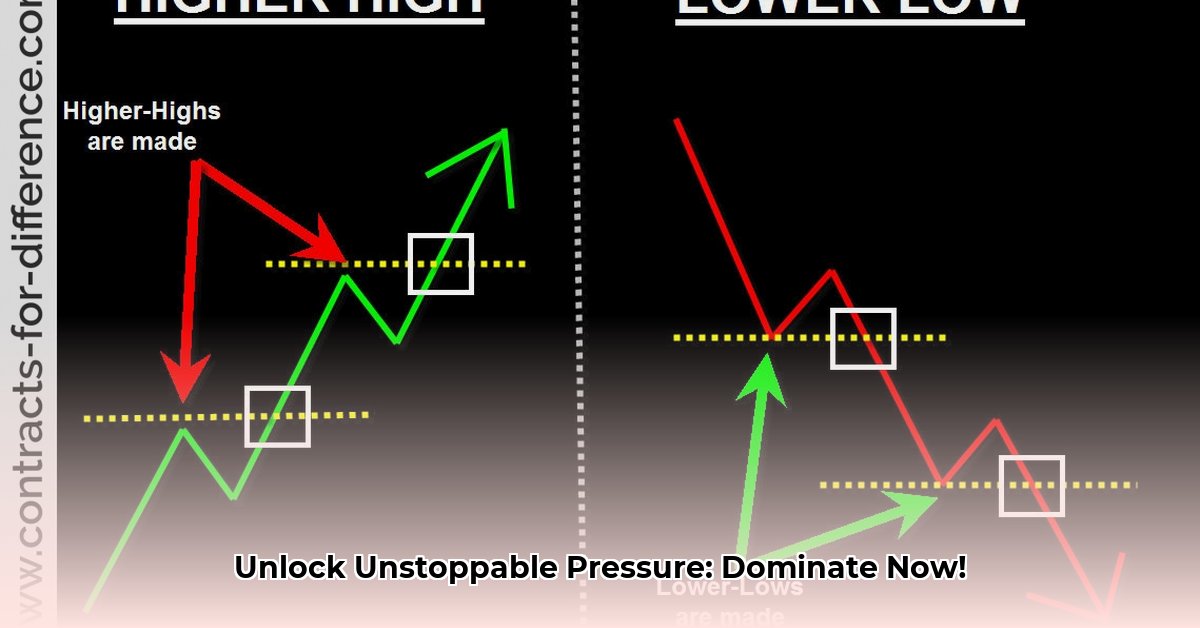Want to turn your team into a winning machine? Let’s talk about the high press – a super-charged tactic used by top coaches like Guardiola, Klopp, and Bielsa to completely dominate opponents. This guide breaks down exactly how to use a high press, what to avoid, and how to make it work for your team. We’ll cover everything from the basics to advanced strategies, comprehensive fitness and training guidance, and methods to measure effectiveness so you’ll learn how to put pressure on the other team, react quickly to their moves, and adapt to different playing styles. For additional athletic performance insights, check out these high jump resources. Get ready to transform your game – this isn’t just theory, it’s a practical guide to winning.
High Pressing: Dominate Games Now
High pressing – it sounds intense, right? And it is! It’s a soccer strategy where your team relentlessly hounds the opposition, forcing mistakes near their own goal. Imagine a pack of wolves surrounding their prey – that’s the kind of pressure we’re talking about. The goal? Steal the ball in dangerous territory and score quickly. But it’s not just about running around like crazy; it requires brains and coordination. Let’s explore football tactics to enhance field control and game management. This detailed guide provides actionable insights into mastering this dynamic tactic.
Understanding the Basics of High Pressing
Think of high pressing as a carefully orchestrated effort. It’s not random; it’s strategic. The whole team works together to choke off the opponent’s passing lanes, forcing them into rushed decisions and mistakes. This coordinated pressure forces turnovers near their goal, giving your team golden scoring opportunities. But it’s more than just aggression; it’s about smart positioning, anticipation, and relentless work ethic. Players need to read the game, sensing when the opponent is vulnerable. A hesitant pass, a poor touch, or a slow pass back to the keeper – these are your cues to strike. Communication is key.
High pressing works by shrinking the space the opposition has to play in, both horizontally and vertically. This limits their passing options and forces them into making quick decisions, often leading to errors. It aims to win back possession as high up the pitch as possible, allowing for quicker transitions into attack and more scoring opportunities.
What are the crucial elements for a successful high press implementation? The core tenets are:
- Team Unity: Everyone must be on the same page, pressing as a single, cohesive unit.
- Strategic Positioning: Players need to position themselves not just to pressure the ball, but also to cut off passing lanes.
- Relentless Pressure: Consistent, high-intensity effort from every player.
- Effective Communication: Verbal and non-verbal cues to coordinate movement and pressure.
Putting Your High Press into Action: A Step-by-Step Guide
Mastering the high press isn’t about innate talent alone; it’s about diligent practice and precision, coupled with tactical understanding. Here’s how you break it down:
-
Spotting the Opportunity (Trigger Recognition): Your players need to be like hawks, always watching for the slightest weakness in the opponent’s play. Training drills should focus on identifying these key moments. Is the defender taking too long to make a pass? Is the midfielder caught in two minds? These are your moments to pounce! Common triggers include:
- A pass back to the goalkeeper.
- A heavy touch from an opponent.
- An opponent receiving the ball with their back to goal.
- A slow or telegraphed pass.
-
Teamwork Makes the Dream Work (Coordinated Pressure): The high press isn’t a solo effort. It’s a coordinated dance, with players working together to cut off all passing options. Drills should emphasize compactness – staying close together to ensure no gaps appear for the opponent to exploit. Assign specific pressing roles and responsibilities to each player based on their position and strengths. Think of it as a net closing in on the ball. This involves:
- Identifying key passing lanes to block.
- Understanding when to step up the pressure and when to hold position.
- Maintaining a compact defensive shape.
-
Knowing When to Back Off (Defensive Transition): You can’t maintain a full-on press forever. There will be times when you need to retreat and regroup defensively. This requires clear communication and discipline. Knowing when to switch from aggressive pressing to controlled defense is crucial. Recognize when the press is broken and immediately transition into a defensive shape. This involves:
- Establishing clear communication signals for transitioning between pressing and defending.
- Practicing quick retreats to a defensive formation.
- Maintaining discipline and avoiding unnecessary fouls.
Imagine it as a switch – sometimes you’re on, sometimes you’re off to regroup.
-
Quick Recovery (Counter-Pressing): Losing possession happens. It’s part of the game. But the beauty of a high press is that you can immediately win the ball back by aggressively counter-pressing. This rapid transition keeps the opposition on their toes and prevents them from launching a dangerous attack. When possession is lost, immediately swarm the ball-carrier to win it back quickly. Think lightning-fast recovery. This demands:
- Immediate reaction and relentless effort.
- Closing down the space around the ball-carrier.
- Forcing the opponent into a quick turnover or error.
-
Fitness is Key (Stamina and Conditioning): The high press is physically demanding. Your players need to be amazingly fit. Training should focus on both endurance and speed – think marathon runners with sprinter’s speed! This involves:
- High-intensity interval training (HIIT) to improve endurance and recovery.
- Sprints and agility drills to enhance speed and quickness.
- Strength training to build the necessary muscle endurance.
Weighing the Pros and Cons: Is High Pressing Right for Your Team?
High pressing, like any strategy, has its advantages and disadvantages. Consider these carefully:
| Advantages | Disadvantages |
|---|---|
| Winning possession in dangerous areas | Requires exceptional physical fitness |
| Creating high-percentage scoring chances | Vulnerable to quick counter-attacks |
| Disrupting the opponent’s build-up play | Needs incredibly precise coordination |
| Potentially overwhelming opponents with intensity | Risk of fatigue and injury for your players |
| Dictating the tempo of the game. | Susceptible to long balls over the top. |
| Psychological impact on opponents. | Can leave space in behind the defense. |
Adapting Your Strategy: One Size Doesn’t Fit All
Every opponent is different. Some teams love to patiently pass it around slowly from the back, while others hoof it upfield. You need to adapt your high press accordingly. If they’re comfortable passing out from the back, focus your pressure centrally to restrict their options. If they prefer long balls, focus on winning the second ball and controlling the midfield. Knowing your opponent’s strengths and weaknesses is key. Analyze the opponent’s formation, key players, and typical playing style. This will help you identify vulnerabilities to exploit and potential threats to mitigate. What adjustments should be considered to optimize your high press strategy based on the opposition’s formation? Consider the following:
- Against a team that plays out from the back:
- Focus the press on their central defenders and defensive midfielders.
- Cut off passing lanes to their full-backs.
- Against a team that plays long balls:
- Position your defenders higher up the pitch to win aerial duels.
- Pressure the opponent’s midfielders to prevent them from making accurate long passes.
- Adjust pressing triggers:
- Set specific pressing triggers based on the opponent’s weaknesses.
- For example, pressing hard when a specific player receives the ball.
Learning from the Masters
Managers like Pep Guardiola, Jürgen Klopp, and Marcelo Bielsa have all used high pressing to great effect. Study their tactics, formations, and player roles to gain valuable insights. Watch their games – see how they adjust their strategies based on their opponent, and learn from their successes (and their occasional setbacks). High pressing isn’t a magic formula, it requires careful planning and execution. Look for patterns in their approach:
- Pep Guardiola: Known for his meticulous preparation and tactical flexibility.
- Jürgen Klopp: Emphasizes relentless pressing and quick transitions.
- Marcelo Bielsa: Famous for his high-intensity, man-marking approach.
Remember, high pressing isn’t a one-size-fits-all solution. It requires consistent practice, adaptation, and a deep understanding of your team’s strengths and weaknesses, alongside a thorough analysis of your opponent’s gameplay. Master it, and you’ll significantly increase your team’s chances of victory. But it’s a journey, not a sprint. Keep practicing, keep adapting, and you’ll see the rewards on the field.
How to Measure High Press Effectiveness in Different Football Formations
Want to unlock the keys to a dominant high press? Let’s dive into the tactical intricacies and learn how to measure high press effectiveness in different football formations. It’s not just about frantic chasing; it’s about strategic intensity. Measuring defensive actions in football helps in effective game plan and strategy. Accurate measurement allows for data-driven adjustments.
- Doctor Work Life Balance: Proven Strategies for Physician Well-being - November 20, 2025
- Find Your Work-Life Harmony: Quotes for a Fulfilling Life - November 18, 2025
- CRNA Work-Life Balance: Strategies for a Healthier Lifestyle - November 16, 2025
















